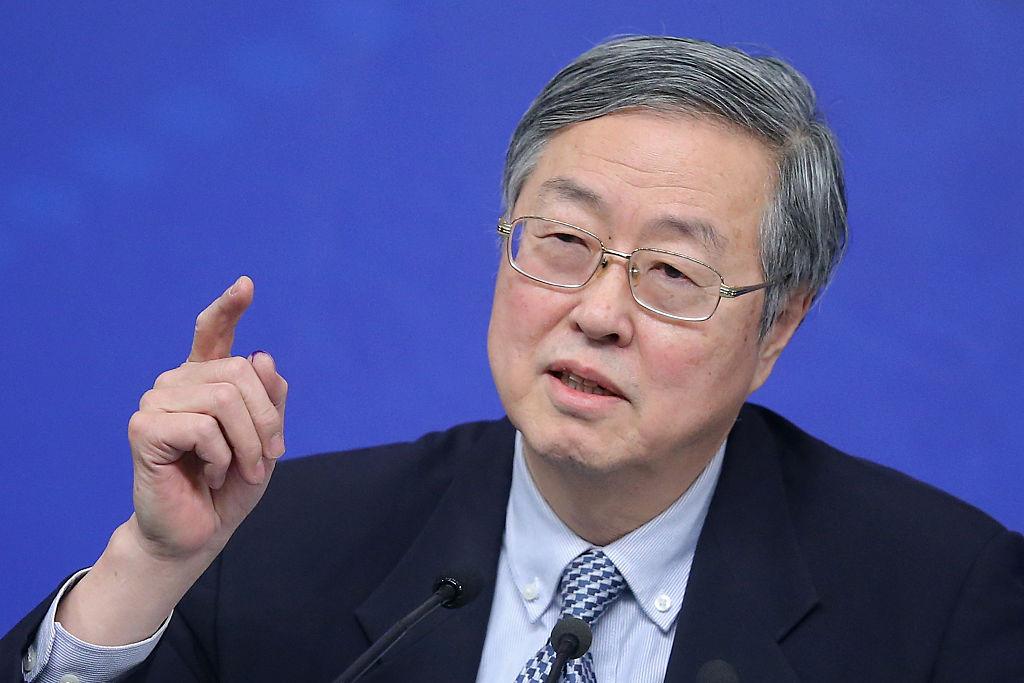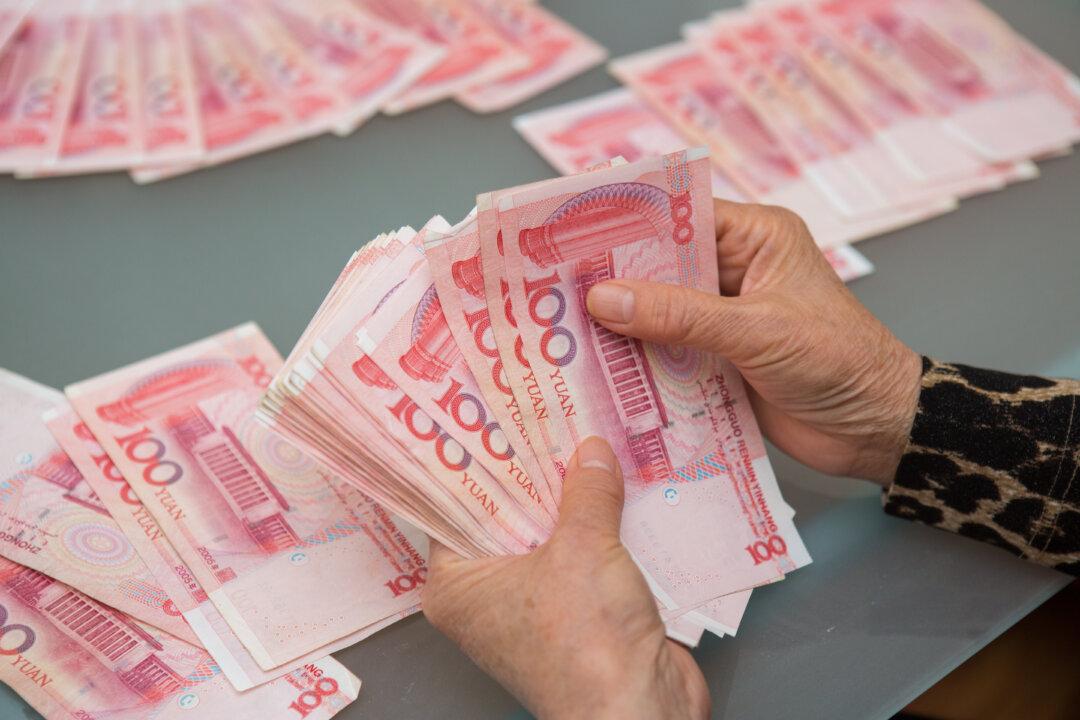Whenever someone gets too big and too important, the other players who can’t compete by themselves call for a challenger. This is true in sports, business, and even for currencies.
Because the dollar is so big and important, smaller countries were happy when the euro was launched to provide a counterbalance, if not to challenge the dollar’s position outright.
The euro ultimately provided that counterbalance, but never managed to dethrone the dollar as the world’s foremost reserve currency. The euro is used in 30 percent of all global payments, according to payment provider SWIFT; the dollar is still number one, at 40 percent.
But what about the Chinese currency, the yuan, the one that investment bank HSBC predicted would become the third-largest global trade currency by 2015—is it the ultimate challenger to the dollar’s top status? Not so much.
Only 16 percent of Chinese trade is settled in yuan, or renminbi (RMB), and the share of global payments ranks sixth at only 1.78 percent, behind the dollar, euro, pound, yen, and even the Canadian dollar.
To be fair, China’s leadership never called for the yuan to overtake the dollar. It was mainly Western cheerleaders like HSBC that looked at the country’s economic growth and applied it to the currency.
Many pundits also thought the yuan would take a stronger role after Donald Trump’s election last November.
“No longer is the U.S. dollar the only haven of safety. There is an alternative—renminbi,” Daryl Guppy, CEO of the Guppytraders financial market training platform, told CNBC in November.
Reserve Qualities
But what does a currency have to be or do to become the world’s reserve currency? Will the yuan ever qualify, and is the Chinese leadership pushing to replace the dollar?
According to a report by investment bank Natixis, there are four functions a successful currency needs to fulfill for both the private and the public sectors.
The first is being a medium of exchange. For private sector payments, we already saw that the RMB’s share is minuscule compared to the euro and dollar. Even the RMB’s use in trade with and investment into China is relatively small and no longer growing, according to the report.
Public sector payments between governments and central banks are conducted via central bank swap lines. They allow central banks of different countries to issue money that is not their own. For example, during the financial crisis of 2008, the Federal Reserve provided the world’s central bank with as much as $620 billion in liquidity. China’s swap lines amount to $430 billion, but are hardly ever used.
The second function is being a store of value, so that private players can invest their money in yuan assets like stocks and bonds and preserve their purchasing power. Also here, foreign ownership of Chinese equities is not very large, at around 0.8 percent, and for Chinese bonds, only slightly larger at 2 percent. Foreign bank deposits and loans into China have also been falling since 2014.
For the public sector store of value, that is, global central banks’ holding of foreign currency, the yuan’s share is 1 percent, despite the admission to the International Monetary Fund’s (IMF) special drawing rights (SDR) basket late in 2016. The dollar still takes the lion’s share at 64 percent.
The third function is the so-called unit of account. This means that trade invoices, for example, are issued in RMB and then paid in RMB rather than dollars. Also here, even for Australia, one of China’s biggest trading partners, only 0.5 percent of exports to China are invoiced in RMB.
For the official unit of account, another country would need to peg its currency to the RMB, but given China’s relatively closed capital account, this hasn’t happened yet. At least the RMB is now part of the SDR, which functions as a unit of account for the IMF, but it only has a 10.9 percent weight.






